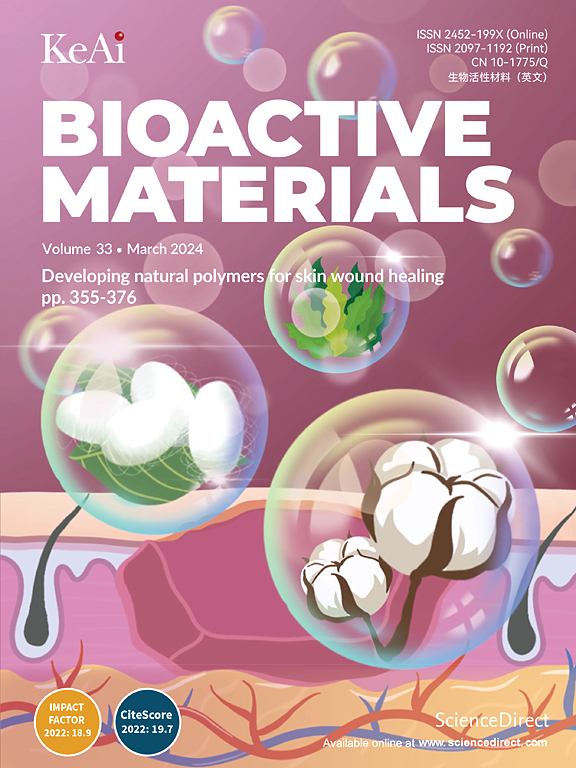Organelle-oriented nanomedicines in tumor therapy: Targeting, escaping, or collaborating?
IF 18
1区 医学
Q1 ENGINEERING, BIOMEDICAL
引用次数: 0
Abstract
Precise tumor therapy is essential for improving treatment specificity, enhancing efficacy, and minimizing side effects. Targeting organelles is a key strategy for achieving this goal and is a frontier research area attracting a considerable amount of attention. The concept of organelle targeting has a significant effect on the structural design of the nanodrugs employed. Most notably, the intricate interactions among different organelles in a tumor cell essentially create a unified system. Unfortunately, this aspect might have been somewhat overlooked when existing organelle-targeting nanodrugs were designed. In this review, we underscore the synergistic relationship among the various organelles and advocate for a holistic view of organelle-targeting design. Through the integration of biology and material science, recent advancements in organelle targeting, escaping, and collaborating are consolidated to offer fresh perspectives for the development of antitumor nanomedicines.

面向细胞器的纳米药物在肿瘤治疗中的应用:靶向、逃逸还是协同?
精确的肿瘤治疗是提高治疗特异性、提高疗效、减少副作用的关键。靶向细胞器是实现这一目标的关键策略,也是一个备受关注的前沿研究领域。细胞器靶向的概念对纳米药物的结构设计有着重要的影响。最值得注意的是,肿瘤细胞中不同细胞器之间复杂的相互作用本质上创造了一个统一的系统。不幸的是,在设计现有的靶向细胞器的纳米药物时,这方面可能有些被忽视了。在这篇综述中,我们强调了各种细胞器之间的协同关系,并提倡细胞器靶向设计的整体观点。通过生物学和材料科学的结合,整合了细胞器靶向、逃逸和协作方面的最新进展,为抗肿瘤纳米药物的发展提供了新的视角。
本文章由计算机程序翻译,如有差异,请以英文原文为准。
求助全文
约1分钟内获得全文
求助全文
来源期刊

Bioactive Materials
Biochemistry, Genetics and Molecular Biology-Biotechnology
CiteScore
28.00
自引率
6.30%
发文量
436
审稿时长
20 days
期刊介绍:
Bioactive Materials is a peer-reviewed research publication that focuses on advancements in bioactive materials. The journal accepts research papers, reviews, and rapid communications in the field of next-generation biomaterials that interact with cells, tissues, and organs in various living organisms.
The primary goal of Bioactive Materials is to promote the science and engineering of biomaterials that exhibit adaptiveness to the biological environment. These materials are specifically designed to stimulate or direct appropriate cell and tissue responses or regulate interactions with microorganisms.
The journal covers a wide range of bioactive materials, including those that are engineered or designed in terms of their physical form (e.g. particulate, fiber), topology (e.g. porosity, surface roughness), or dimensions (ranging from macro to nano-scales). Contributions are sought from the following categories of bioactive materials:
Bioactive metals and alloys
Bioactive inorganics: ceramics, glasses, and carbon-based materials
Bioactive polymers and gels
Bioactive materials derived from natural sources
Bioactive composites
These materials find applications in human and veterinary medicine, such as implants, tissue engineering scaffolds, cell/drug/gene carriers, as well as imaging and sensing devices.
 求助内容:
求助内容: 应助结果提醒方式:
应助结果提醒方式:


